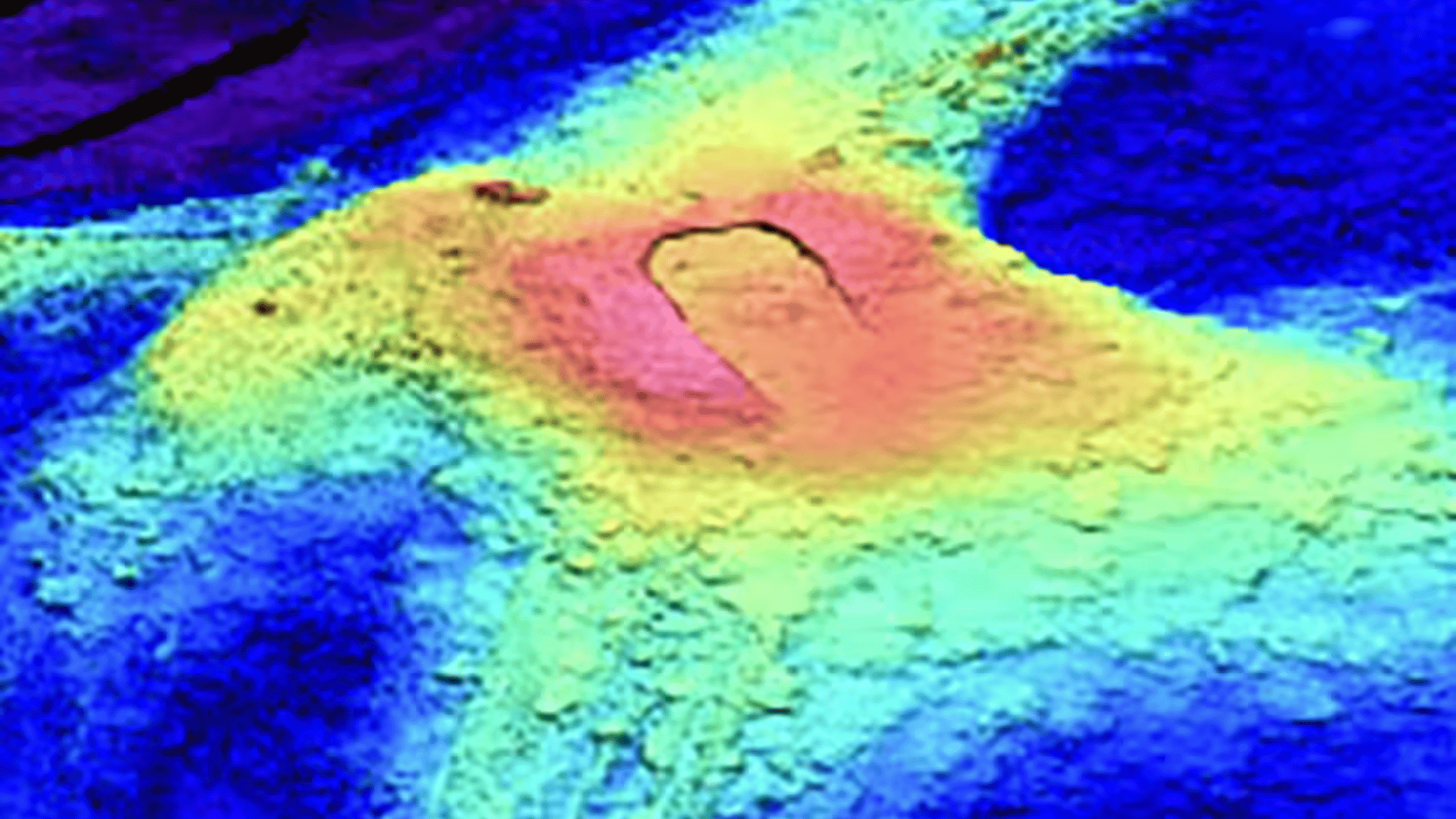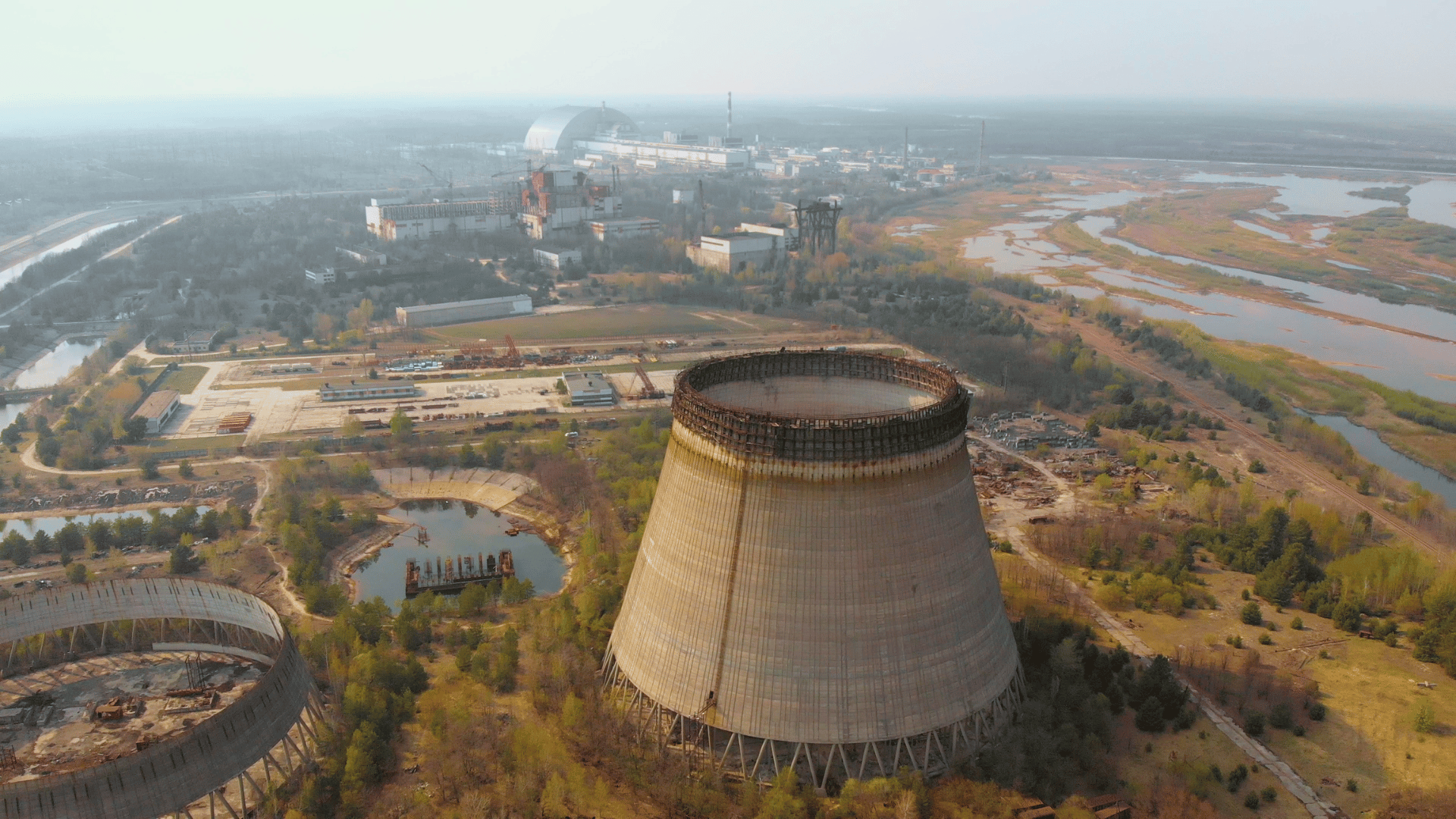An underwater volcano, located 300 miles off the coast of Oregon, may be about to erupt. Scientists have been monitoring the volcano, known as Axial Seamount, for decades and recently noticed some new activity that could be signaling an imminent eruption.
Underwater Volcano

They noted that the structure itself appears to be swelling and there’s been an increase in earthquakes in the area. In late March and early April, for example, researchers were recording more than 1,000 earthquakes a day.
According to Bill Chadwick, a volcanologist and research professor at Oregon State University, forecasts project that the volcano could erupt anytime between now and the end of this year. Chadwick, alongside researchers at the University of North Carolina and the University of Washington, have been using a network of sensors on the seafloor to monitor the volcano.
When a volcanic eruption occurs, the magma flow generates pressure and heats sea water to more than 700 degrees Fahrenheit. As seawater passes through the cracks of volcanic rock, it picks up minerals that spout from the vents, creating plumes of black smoke known as hydrothermal vents. According to NPR, scientists predict the eruption will trigger small earthquakes (2s and 3s on the Richter scale).
“This volcano is similar to the ones in Hawaii that erupt very fluid lavas,” Chadwick said to NBC News. “They tend to inflate like a balloon in between eruptions. At Axial, the seafloor is actually rising, and that’s a big signal.”
Luckily, because the peak is submerged approximately a mile deep beneath the water, the volcano’s eruption won’t pose a danger to humans. And, due to the mountain’s depth and distance from the shore, chemicals produced from the eruption won’t make it high enough to affect the atmosphere.
Though researchers are attempting to predict when the eruption will occur, they can be difficult to predict as different types of eruptions have different warning signs.
“It’s much harder than forecasting the weather, even though the weather is a very difficult thing to forecast already,” said Scott Nooner, a professor of geophysics at the University of North Carolina Wilmington. “There’s still so much that we don’t understand about what triggers eruptions and how magma moves around underneath the Earth’s surface.”







